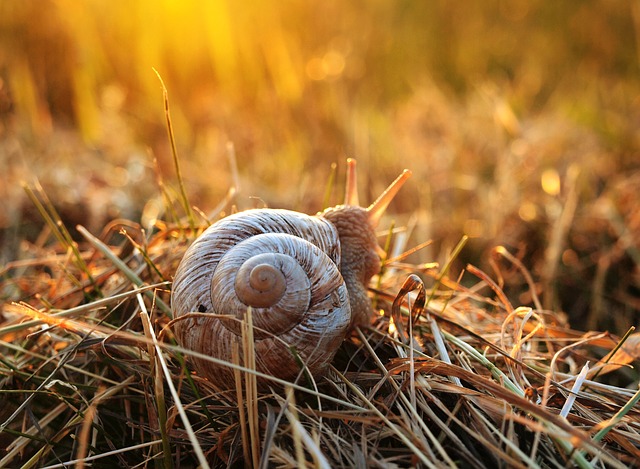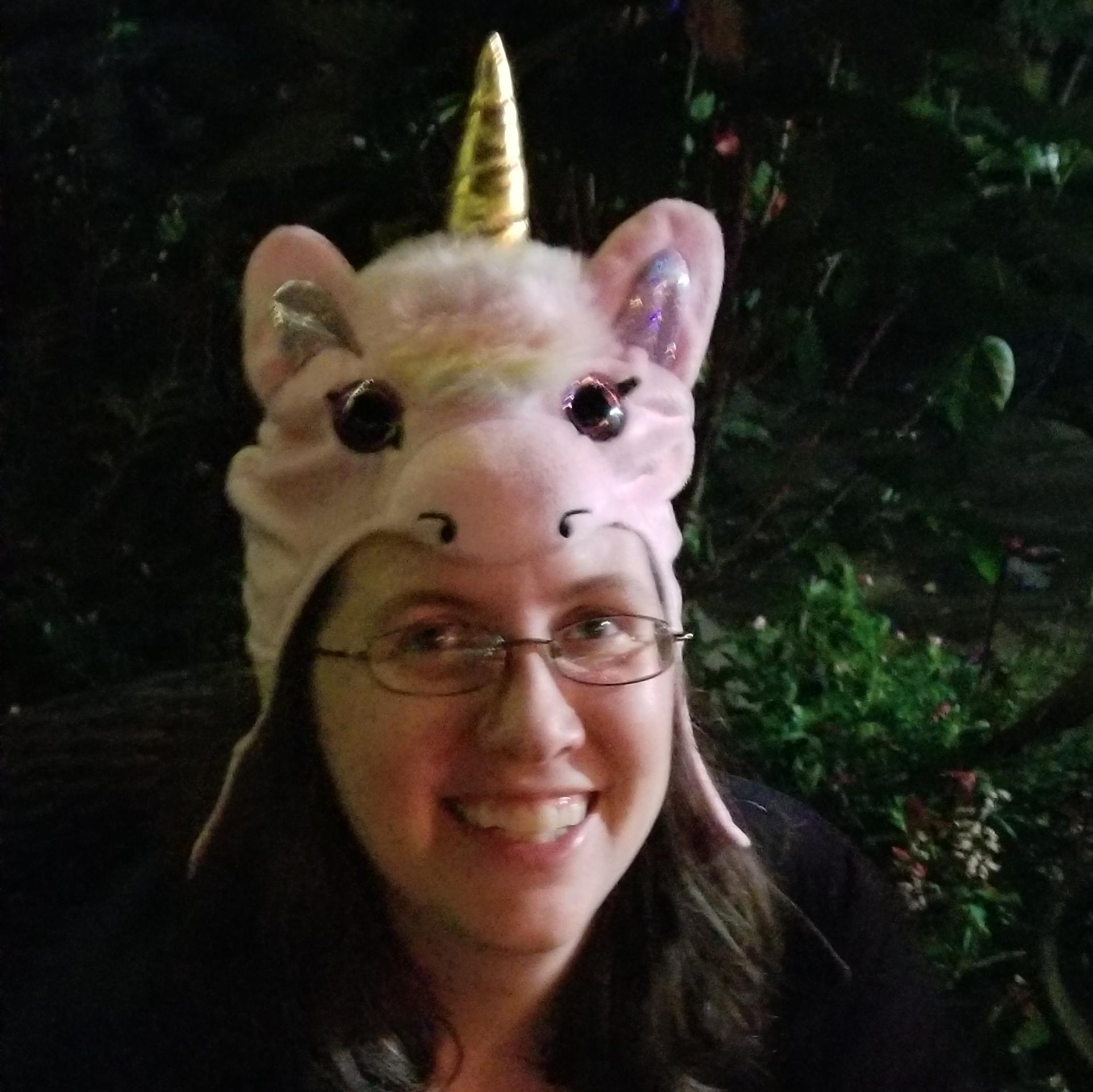The pea shanklet fungus is endemic to the wet, arable land of southern
Kaien. Despite its deceptively diminutive size, this fungus is capable of destroying whole fields of crops if
farmers are not proactive in keeping it under control. It has been responsible for at least two major
famines in recent Kaienese history.
Description
Whilst the visible mushrooms themselves are tiny, the entire organism that makes up the pea shanklet fungus can grow up to a mile wide. A single spore, once it germinates, sends its mycelium network rapidly in all directions. This network can spread several feet in just one day.
On one hot, humid day towards the end of
summer, thousands of mushrooms erupt from the soil across the area. These fruit bodies last only a day before releasing their spores and withering.
Cap
The caps of the pea shanklet mushroom are small, generally growing to no more than 1cm in diameter. They are a shallow, convex shape that are reminiscent of the lens of an eye and a pale, pastel green in colour. The flesh is soft to the touch and slightly powdery in texture.
Gills
The gills of the pea shanklet mushroom are a slightly darker shade of green than the cap, straight, and closely crowded together. The grooves of the gills can appear extremely shallow and, in some specimens, are barely visible at all. They are entirely attached to the stem.
Stem
The stem of the pea shanklet mushroom is skinny and dark green, generally growing up to 2cm in length. Often the stem is slightly curved, resembling a new shoot emerging from the ground.
Toxicity
The pea shanklet mushroom is highly bitter to taste and mildly poisonous. Touching the caps leads to painful blisters on the fingertips, whilst those foolish enough to ingest the mushroom suffer burning pain in the mouth, throat, and stomach. These symptoms generally last several days.
Habitat











Nice article :D I love that you've got mushrooms eating snails and that people use them to protect their crops!
I love the snails <3 Thank you!
Explore Etrea